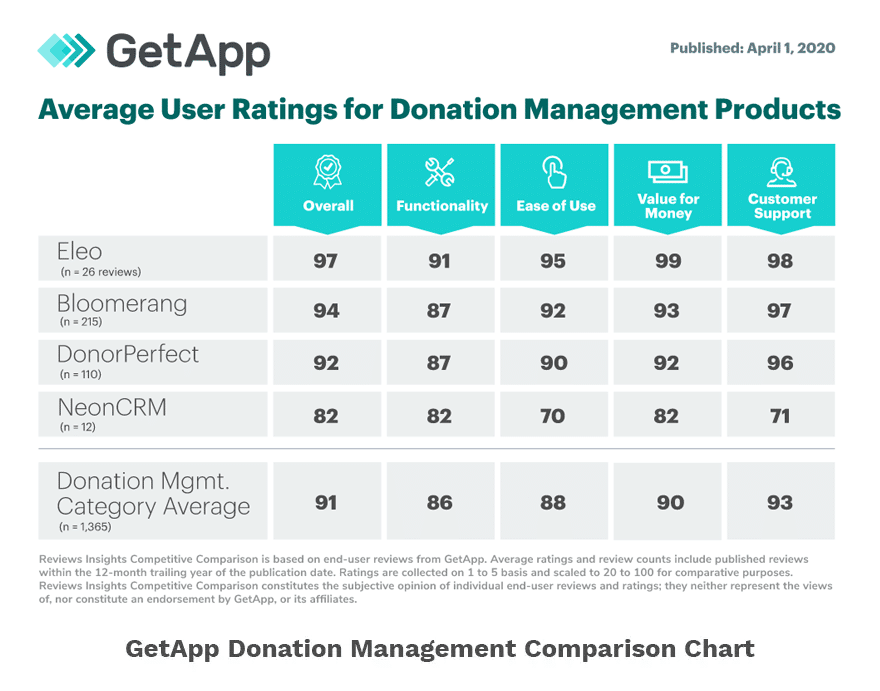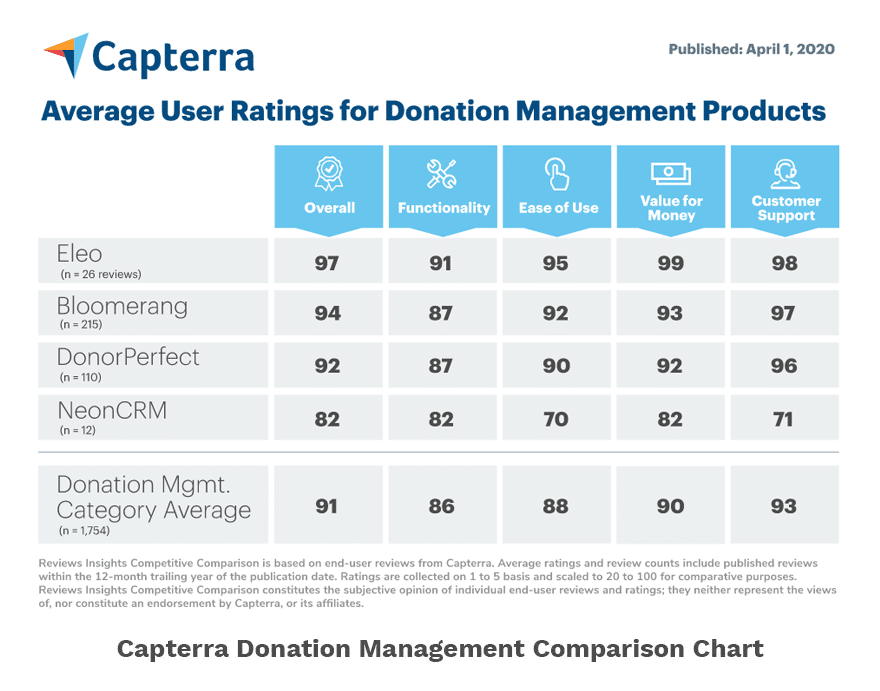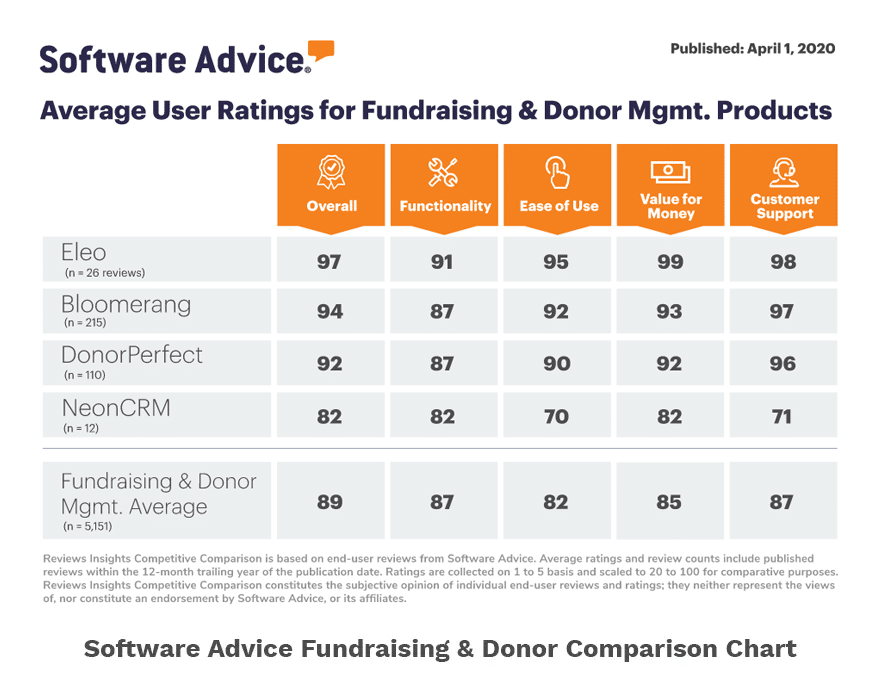
Humans have been communicating and learning through storytelling for thousands of years. From crude illustrations to hieroglyphics to newspapers to YouTube, the human brain has always been wired to absorb information through storytelling. Small nonprofits have some of the most interesting, heartwarming stories to share, but far too few are telling those stories in a way that engages their donors and motivates them to act. Here are six keys to mastering the art of storytelling.
1) Dispel the Myth of Short Attention Spans
Several years ago, a scary “fact” was released from reputable sources that American attention spans had been reduced to a mere 8 seconds. The message was: “If it isn’t short, don’t do it.” This lead to a revolution in communication and a fight to be the most succinct. According to Forbes, turns out, that original “statistical figure” was untrue, and in fact, people have a thirst for deep and meaningful stories. The key here is meaningful. Worry less about being brief, and more about telling your story in a way that connects with people on an emotional level.
2) Build a Storytelling Culture at Your Small Nonprofit
This is more than having the executive director stand up and say, “Let’s tell more stories.”
Building a culture requires you to make storytelling an integral part of your fundraising, your meetings, your “thank you” letters, your emails, and your social media posts. You should encourage everyone – board members, staff, volunteers and donors – to share stories about their own experiences and the impact of your nonprofit’s work.
Make sure everyone understands the importance of a story and how to identify a potential story that might be relevant to your supporters. Great stories are everywhere! You just need to have a plan in place to collect them.
3) Strategically Place Your Nonprofit Stories
Your mission statement is incredibly important! However, many nonprofits display their mission in a lackluster way – a few sentences somewhere on their website. Let’s get creative! Instead, try posting a video that showcases the real world impact of your mission.
Another arena where storytelling is paramount: your blog page and social media posts. Growing your online presence can feel intimidating. By using stories, you spread your message without “in your face” marketing. Some content suggestions include: first hand experiences, autobiographies and interviews.
It is important to note – while written word is incredibly helpful to telling your story, video content is on the rise. Consider offering video stories of your small nonprofit too! These can be as easy as snapping a video of an event on your cell phone and uploading a clip to Facebook. By diversifying your stories’ delivery, you reach a wider audience, faster.
4) Know the Structure of a Good Story
It sounds elementary, but every good story has a beginning, middle and end. Guide your audience through the narrative. Bring them in, introduce them to the main character, build to a climax, and wrap it up into one cohesive ending. The most successful stories provides closure. Tip: A happy ending is incredibly effective to showing a donor how they can or do make a difference.
Also – remember that specifics are terrific! Focus on the details of individuals and their families. Think: age, hometown, smells and tastes. Humans love seeing and hearing how a story unfolds. Tangible, sensory engagement draws people in. This type of storytelling showcases a raw experience of life. Tip: Try not to dress up a sales pitch as a story. People can see a bait-and-switch from a mile away. Focus on the story and save the ask for another time.
5) Keep Your Nonprofit Stories Fresh
It is important to stay relevant. However, a great story also deserves to be retold. Never be afraid to reuse content! To keep it fresh, simply approach the same story from a different angle or perspective.
When it is time to incorporate a new story, look in different places – from the people you help, to your donors, to those in the community who have witnessed the work you do.
6) Map Out Your Storytelling Timeline
Storytelling is like any other communications activity. You want to carefully coordinate their release to align with your fundraising strategy. A culture of storytelling enables your small nonprofit to generate a steady stream of content. These stories should be placed on a timeline.
Your timeline will show fundraising events, community activities, holidays, anniversaries, and more. Release stories that relate to these occasions. For example, your nonprofit has an interview with a former Navy Seal who was served at last year’s soup kitchen. This year, release that video on Veteran’s Day.
Your nonprofit’s stories are the most powerful fundraising and relationship-building tools you have. Tell them everywhere, from your website to Facebook to your print brochure. Use your storytelling strategically and thoughtfully to gain a permanent home in the hearts and minds of your supporters.







